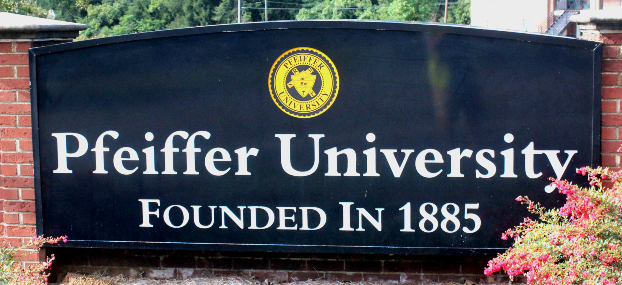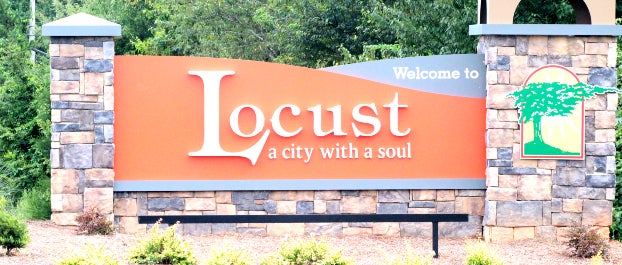Locust City Council approves electronic signs along roadways
Published 11:45 am Friday, December 6, 2019
|
Getting your Trinity Audio player ready...
|
After receiving requests from local business owners, the Locust City Council has decided to allow electronic signage within the city’s limits.
At their last meeting, councilors approved a set of ordinances permitting and regulating the use of LED and electronic signs within certain commercial districts, including areas along N.C. Highway 24-27.
The signs, which glow and change images, can be useful to businesses and organizations. A local church was the first to inquire about such signs about a year ago. Leaders there hoped to use the rotating images as a way to raise awareness about their upcoming events.
Several business owners along N.C. 24-27 have requested them, as well, in the past several months, according to city officials.
However, such signs have been known to cause problems in other municipalities.
The brightness of them can add to local light pollution and the flashing nature of some signs can be distracting to drivers.
In light of that, staff spent several months researching how electronic signs work and looking over sample ordinances used to regulate them in other municipalities.
“We wanted this to be thorough,” City Administrator Cesar Correa said.
Most of the regulations they settled on are aimed at either minimizing sign brightness or restricting flashing/strobe effects that could be distracting to drivers. Specifically they:
• Require all such signage to be 25 feet from a roadway and 150 feet from a residential zone.
• Restrict the size of such signs to 32 square feet (with a maximum height of 15 feet).
• Prohibit all use of flashing effects, blinking lights, white backgrounds, video or animation.
• Require all images on the sign to remain static for eight seconds before switching to a new image.
• Restrict the brightness of signs to 7,500 nits during the day and 500 nits at night.
• Require automatic dimmers and default settings that make sure signs stay within required brightness range.
• Limit the number of electronic signs to two, with only one allowed near a roadway.
Before approving those regulations, the council opened a public hearing on the regulations.
No one spoke for or against them. The council then proceeded to approve them unanimously.
Shannon Beamon is a freelance contributor for The Stanly News & Press.



